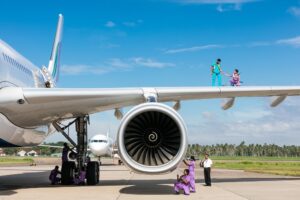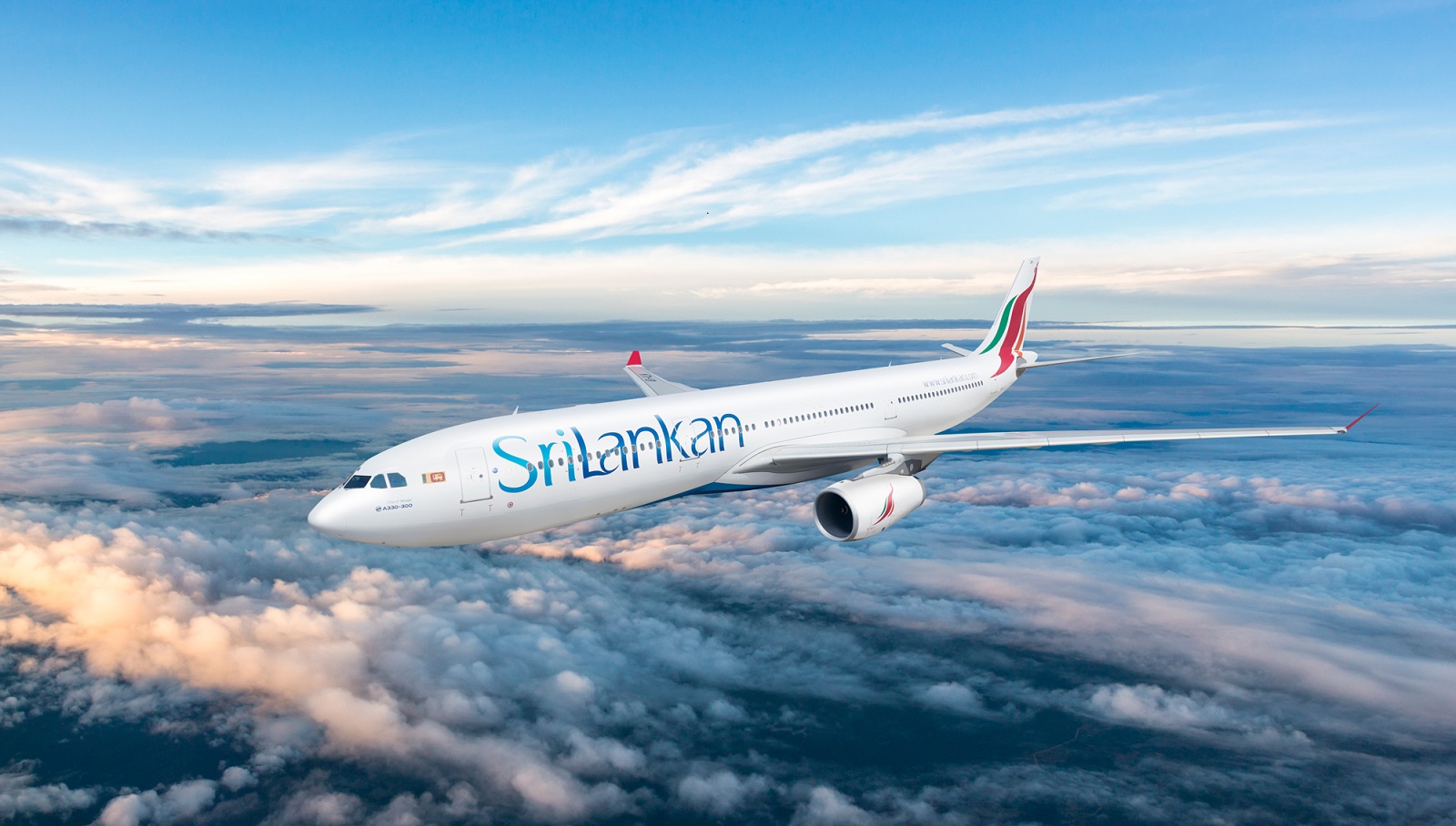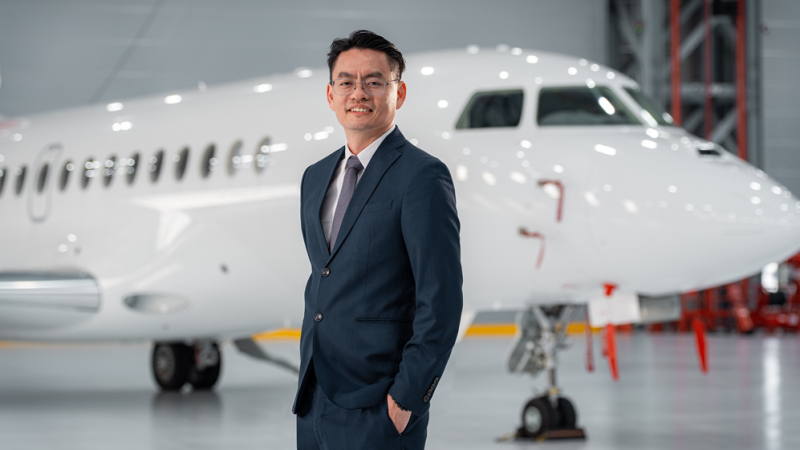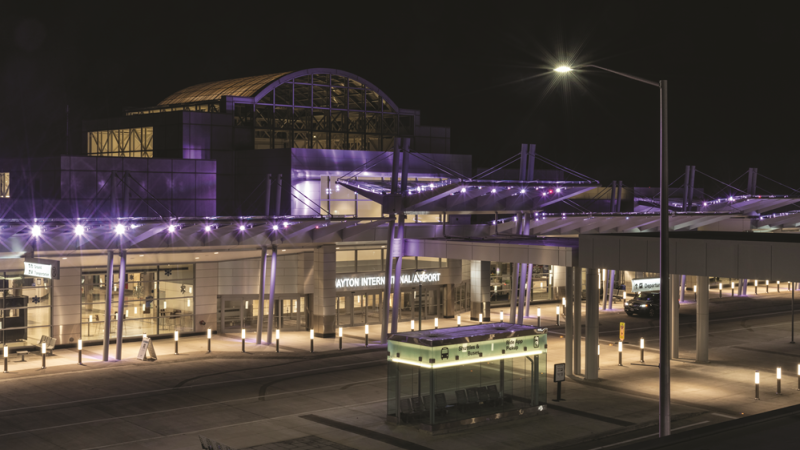SriLankan Airlines is the award-winning national airline of Sri Lanka. Launched in 1979, and formerly known as Air Ceylon, SriLankan would go on to become a major player in South Asian aviation establishing a reputation for service, comfort, safety, reliability, and punctuality. SriLankan joined the oneworld airline alliance in 2014 as the first carrier from the Indian Sub-continent.
 In addition to passenger flights, SriLankan Airlines is the sole ground handler for all airlines flying to Bandaranaike International Airport. Further, SriLankan Catering, a fully-owned subsidiary of SriLankan Airlines, provides onboard catering services for airlines that operate through Colombo, supported by its state-of-the-art flight kitchen that has a production capacity of over 25,000 meals per day. SriLankan is also a provider of choice in Maintenance-Repair-Overhaul (MRO) activities in the region, having expertise in Airbus aircraft, excellent facilities, and experienced engineering personnel. Additionally, the SriLankan Aviation College is among the handful of EASA-approved training institutes in the region, and a top supplier of qualified aviation professionals to the global industry.
In addition to passenger flights, SriLankan Airlines is the sole ground handler for all airlines flying to Bandaranaike International Airport. Further, SriLankan Catering, a fully-owned subsidiary of SriLankan Airlines, provides onboard catering services for airlines that operate through Colombo, supported by its state-of-the-art flight kitchen that has a production capacity of over 25,000 meals per day. SriLankan is also a provider of choice in Maintenance-Repair-Overhaul (MRO) activities in the region, having expertise in Airbus aircraft, excellent facilities, and experienced engineering personnel. Additionally, the SriLankan Aviation College is among the handful of EASA-approved training institutes in the region, and a top supplier of qualified aviation professionals to the global industry.
“We fly to all the major continents except the US, with flights to Asia, the Middle East, Europe and the Indian subcontinent,” says Richard Nuttall, CEO of the airline.
One of the most important industries for Sri Lanka is tourism. It indirectly employs 2.5 million people, 10% of the population, and it is a generator of foreign currency, which is even more important for a country that has seen a shortage of foreign currency in recent times. Fortunately, Sri Lanka has been ranked as one of the world’s top destinations to visit by both Lonely Planet and Condé Nast Traveller.
“Sri Lankan hospitality is unique. Sri Lankans are a people where whatever happens to them, they are still friendly, they are still courteous,” Nuttall tells us.
“There are places with fantastic service, but you don’t really connect with the people. With Sri Lankans, you connect with the people. People who come to Sri Lanka, they come back again.”
Likewise, Sri Lanka Airlines offers a service you cannot find anywhere else.
“If you look at the Indian subcontinent, there are a lot of very strong low-cost carriers, but not many high-quality, full-service carriers,” Nuttall points out.
Keeping Flying
While the appeal of Sri Lanka and its airline is undeniable, so are the challenges they have faced. There is not an airline in the world over that has not faced difficulties in the wake of Covid-19. Fuel costs have also been a challenge for everyone, with the Russian invasion of Ukraine sending gas prices soaring.
“Fuel has gone from 25% of our costs to over 50% of costs at one stage last year. Obviously, that makes a big difference in a low-margin industry,” Nuttall says.
As the airline was emerging from these challenges with a strong return to operations and profit, Sri Lanka was also on the brink of an economic crisis. Shortly thereafter, Sri Lanka defaulted on its foreign debt, prompting discussions with the IMF for a package to address the shortage of foreign currency in the country. There is nowhere the airline can borrow from, while its existing loans are at a high-interest rate.
“We have to live entirely off operating cashflow,” Nuttall says.
To do this, SriLankan Airlines monitors its network carefully to ensure that capacity is deployed where it can make the strongest cash returns at any moment in time. However, the lack of currency in Sri Lanka also brought further complications.
“Last year the country ran out of fuel,” Nuttall says. “We were the only airline to fly out of a country with no jet fuel.”
“On a number of occasions, we had people working 24-hour shifts because there was only enough fuel for one round bus trip a day. Then the company started running out of jet fuel,” Nuttall recalls. “If you asked us three months before, what would happen if we ran out of jet fuel, we would have said we could run 30% of the flights. We managed to adapt, running almost a full schedule using technical stops in Southern India. It cost us $20 million but it kept us running.”
To continue to work under these circumstances, SriLankan Airlines worked closely with suppliers, communicating clearly to build up trust and dialogue.
A New Perspective
Regardless of the challenges the airline faces, it is clear Nuttall has big plans for the future.
“There’s a lot of things going on in the country. It is going through an IMF process, talking about privatising state-owned enterprises, including the airline. So, we face a possible restructuring and privatisation, but that has to be done hand in hand with our shareholder, the government,” Nuttall tells us.
“Having said that the thing of most interest to the airline is not whether we privatise, it’s the longer-term plan. Sri Lanka was the fastest-growing googled tourism destination in the world after Covid, and before Covid, it was already growing fast. We have beaches, rainforests, more leopards per square mile than anywhere in the world, and incredible hospitality. People come from around the world and are fascinated and keep coming back.”
But while SriLankan has faced challenges, including Covid, currency shortages, and political change, according to Nuttall, “The biggest challenge has come from media sensationalism and travel advisories against travel to Sri Lanka by foreign governments when there were protests last year. There are very clearly double standards in place globally. You do not see advisories when there are protests or terrorist acts in the West. Why should this be the case for Sri Lanka, where tourists are probably very much safer than in many of the cities they hail from?”.
The Sri Lankan economy has suffered, not just because of what has happened in the country, but because of how it has been sensationalised by foreign media.
“We are coming out of the other side of these difficulties and tourism is gradually returning to Sri Lanka. We are uniquely positioned next to the huge and increasingly affluent population of India, and we are in a great location between the Indian subcontinent, the Indian Ocean and East Africa on one side, and China, and North and East Asia on the other. I feel optimistic about the future of the airline. Our focus is now on re-fleeting and expanding our operations to support the growth of tourism and the turnaround of the Sri Lankan economy,” Nuttall says.







